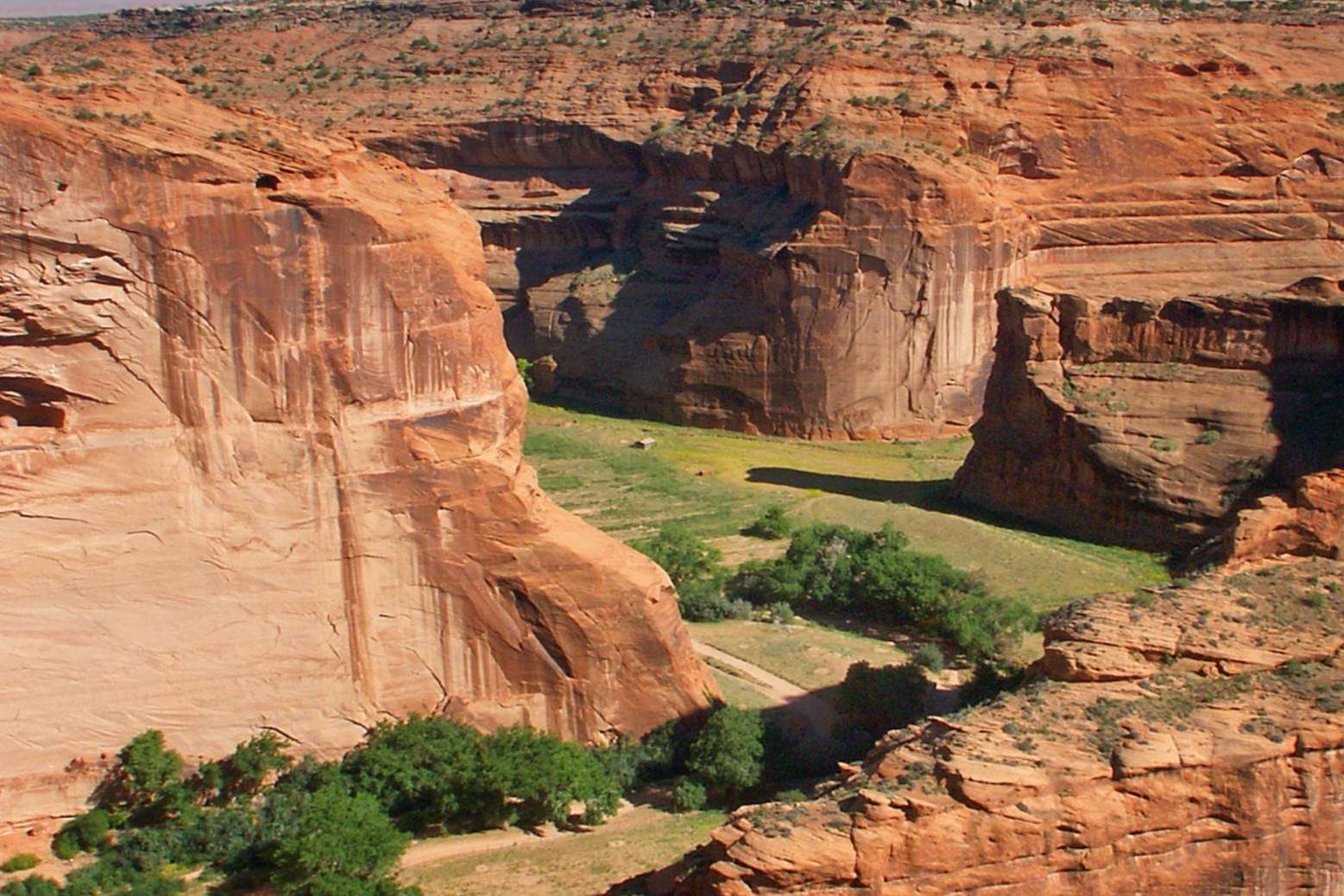Secrets Of Arizona’s Canyon De Chelly Trading Routes

Have you ever wondered about the hidden stories behind Arizona's Canyon de Chelly trading routes? This stunning canyon, located in northeastern Arizona, holds more than just breathtaking views. It’s a place where ancient cultures thrived, trading goods and sharing knowledge. The canyon walls whisper tales of the Ancestral Puebloans and Navajo people who once called this place home. Imagine walking the same paths where traders exchanged pottery, textiles, and food. These routes were vital for survival and cultural exchange. Join us as we uncover the secrets of these ancient trading routes, revealing a rich history that still resonates today.
Secrets of Arizona's Canyon de Chelly Trading Routes
Canyon de Chelly, located in northeastern Arizona, is a place of stunning beauty and rich history. This canyon has been home to Native American tribes for thousands of years. The trading routes within the canyon are filled with stories of ancient commerce and cultural exchange. Let's explore some of the most significant spots along these historic paths.
Ancient Cliff Dwellings
The canyon walls are dotted with ancient cliff dwellings that tell tales of the Ancestral Puebloans who once lived there. These structures were not just homes but also trading hubs.
- White House Ruin: This iconic ruin is named for the white plaster that once covered its walls. It served as a major trading post where goods like pottery, textiles, and food were exchanged.
- Antelope House: Known for its beautiful rock art depicting antelopes, this site was a bustling center of trade. The intricate designs on the pottery found here suggest a rich exchange of artistic ideas.
- Mummy Cave: This large, multi-roomed dwelling was a significant trading center. Artifacts found here include turquoise, shells, and other items that indicate extensive trade networks.
Sacred Sites and Ceremonial Places
Trade in Canyon de Chelly wasn't just about goods; it was also about spiritual and cultural exchanges. Many sacred sites within the canyon played a crucial role in these interactions.
- Spider Rock: This towering spire is sacred to the Navajo people. It is believed to be the home of Spider Woman, a key figure in Navajo mythology. Traders often visited this site to seek blessings for their journeys.
- Massacre Cave: This site holds a tragic history but also served as a place of remembrance and trade. The cave's location made it a strategic spot for exchanging goods and stories.
- Junction Ruin: Located at the confluence of two canyons, this site was a major ceremonial and trading center. The ruins here include kivas, which were used for religious ceremonies and community gatherings.
Natural Landmarks and Trade Routes
The natural landscape of Canyon de Chelly provided essential routes for traders. These paths were not just practical but also held cultural significance.
- Tsegi Overlook: This vantage point offers a breathtaking view of the canyon and was a key lookout for traders. From here, they could spot incoming trading parties and prepare for exchanges.
- Sliding Rock: This smooth rock formation was a natural slide used by traders to quickly descend into the canyon. It made transporting goods easier and faster.
- Bat Cave: This cave was a resting spot for traders. The cool interior provided relief from the desert heat, and the cave's location made it a convenient stop along the trade routes.
Modern-Day Trading Posts
Even today, Canyon de Chelly remains a hub of cultural exchange. Modern trading posts continue the tradition of commerce and community.
- Thunderbird Lodge: This historic lodge serves as a modern trading post where visitors can purchase Navajo crafts, jewelry, and textiles. It keeps the spirit of ancient trade alive.
- Hubbell Trading Post: Located near the canyon, this trading post has been in operation since the 19th century. It offers a glimpse into the history of trade in the region and continues to support local artisans.
- Canyon de Chelly Visitor Center: The visitor center provides information about the canyon's history and trading routes. It also features a gift shop with locally made crafts, ensuring that the tradition of trade continues.
Canyon de Chelly's trading routes are more than just paths through a canyon. They are a testament to the rich history and cultural exchanges that have shaped this remarkable place.
The Timeless Allure of Canyon de Chelly
Canyon de Chelly offers a unique glimpse into Arizona's rich history and culture. The ancient trading routes reveal stories of the Navajo people, their resilience, and their connection to the land. Exploring these paths, you can almost hear the whispers of traders and see the footprints of those who walked before. The canyon's stunning landscapes, with towering cliffs and hidden alcoves, make every step an adventure. Whether you're hiking, horseback riding, or just soaking in the views, the experience is unforgettable. Visiting Canyon de Chelly isn't just a trip; it's a journey through time. The blend of natural beauty and historical significance creates a destination that captivates and educates. So pack your bags, lace up your boots, and discover the timeless allure of Canyon de Chelly.

